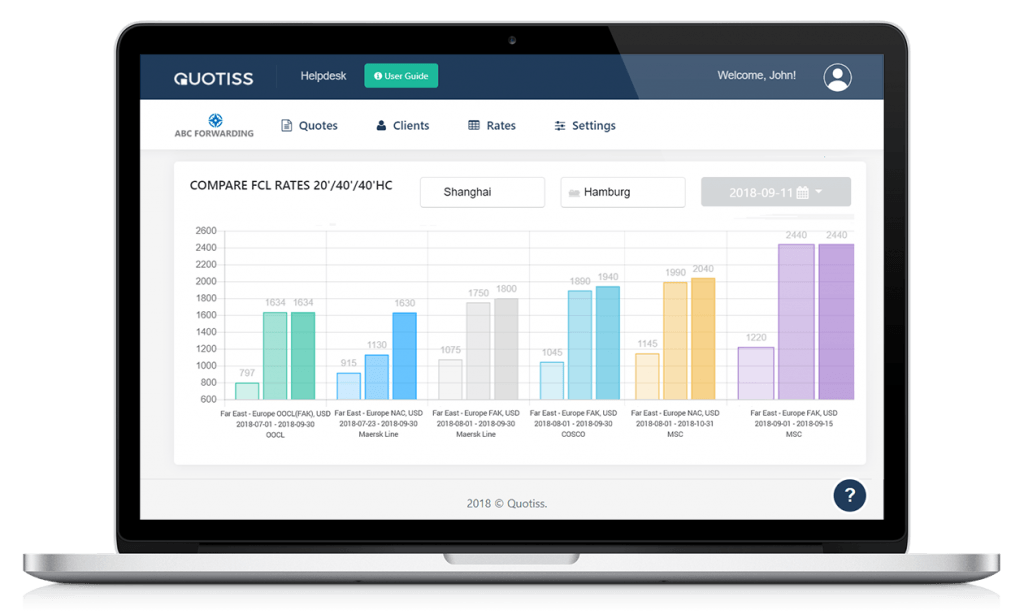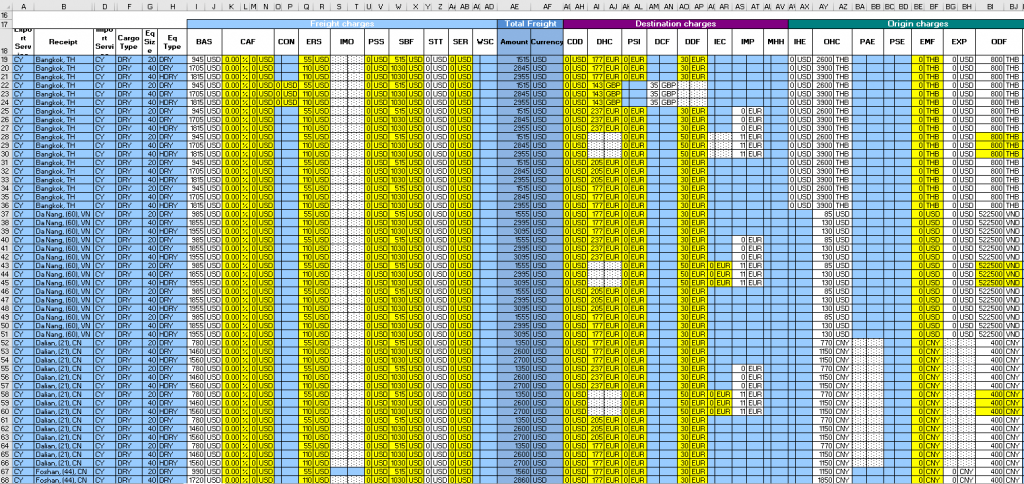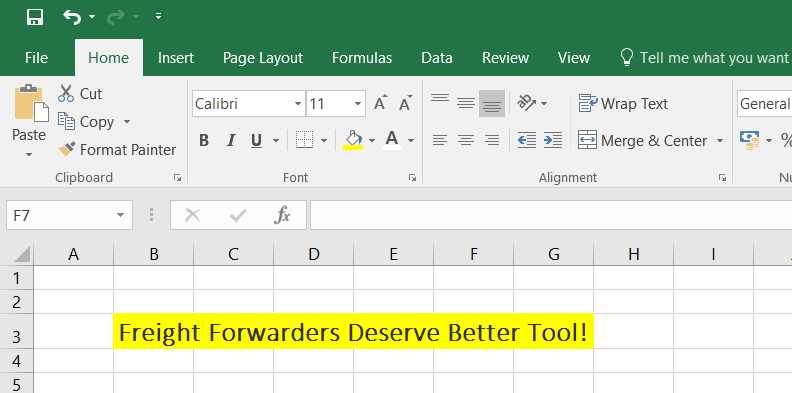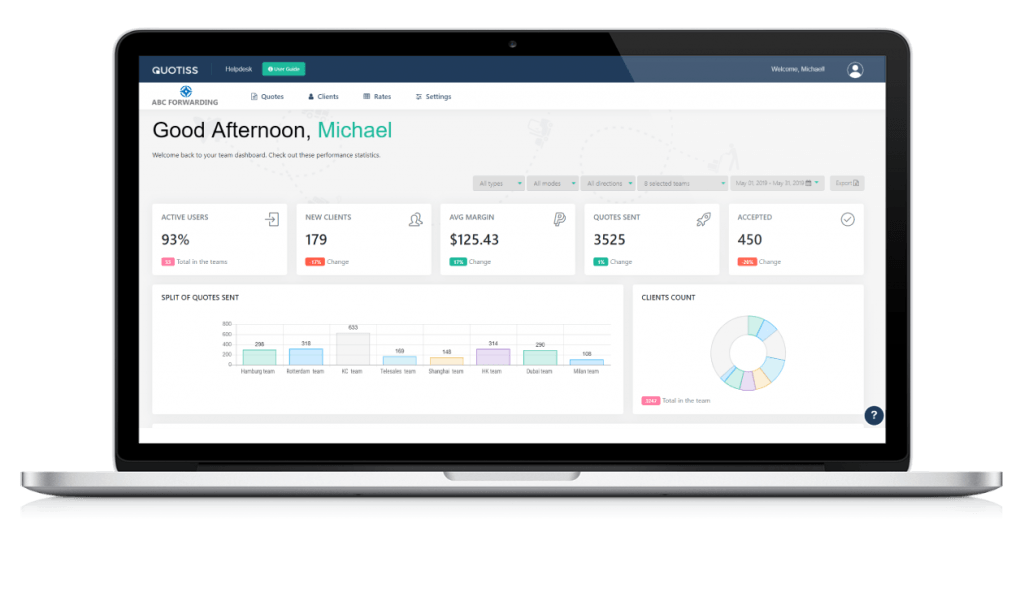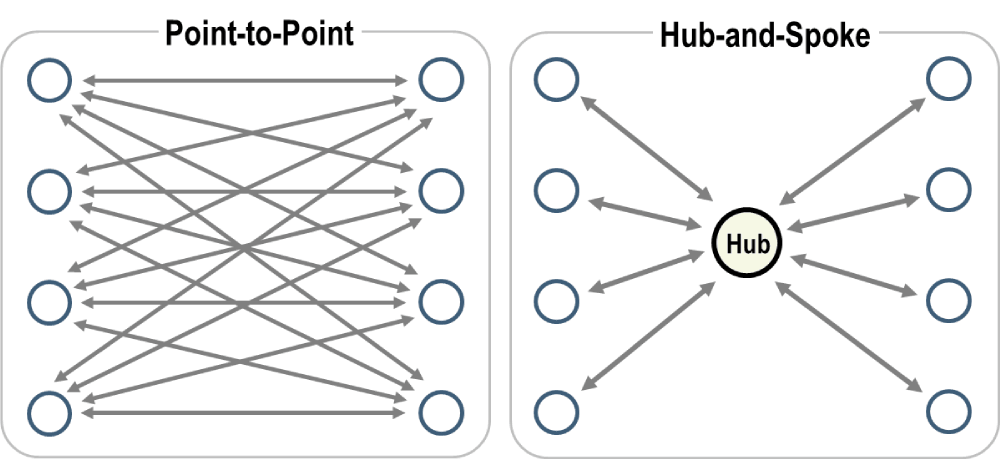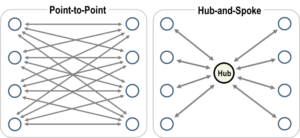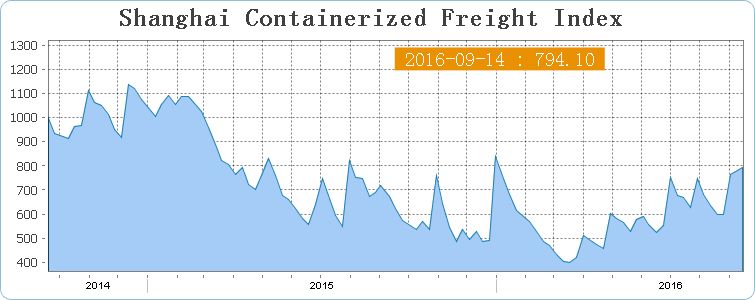Quotiss Freight Software Explained
In the last couple of months, we see a growing interest in our product and based on the questions we receive, we’ve prepared this article about Quotiss freight software. As you read through, you will find out what Quotiss is and what it is not, and how exactly Quotiss helps freight forwarders to be competitive and boost sales results.
Due to highly complicated nature of shipping, there is no standard software that can handle the typical business requirements of a freight forwarder.
The logistics industry is based on MS Excel or custom-made software. Most of the medium to big size forwarders work with the software designed specifically for their organization’s needs. There are too many flaws in this approach, starting from the cost to create and maintain it, to a very slow response to change requests.
What is Quotiss?
Quotiss is a freight rate management and sales automation software designed for the freight forwarding companies of any size and type. At the core of Quotiss, there is a powerful freight simplification engine, inspired by Pareto Rule and KISS Principle. Thanks to that, Quotiss removes 99% of complexity from the commercial process and structures the freight rate management in a smart and simple way.
Quotiss provides a basic framework, which simplifies the commercial process of any freight forwarder. Quotiss brings structure to the commercial teams. It can be configured to match the most complex business requirements.
Quotiss covers the following business processes:
- Freight rate management
- Automated freight quotes
- CRM
- Sales performance analytics
Once the freight pricing is streamlined, the freight quotes are automated. A salesperson can quote freight rates with 100% accuracy in a couple of clicks! With Quotiss, they can send a freight quote to one client or to a hundred clients at once. Your customers will receive a freight quote perfectly tailored to their needs – origin, destination, local charges, special notes and terms, margin levels are saved for each customer.
Quotiss also brings real-time sales performance analytics, enabling data-driven decision making to maximize the profit margins.
What Quotiss Has to Offer:
- Unique algorithm to manage freight rate tariffs and spot rates – no more Excel files;
- Freight quotes are automated – so sales can spend time on selling;
- Client database – archive of quotes;
- Follow up on the deals;
- Unified quote formatting – solid brand image;
- One platform for all commercial activities – increased business intelligence;
- Easy sales onboarding – no more lengthy handovers;
- Intuitive UX and modern UI– sales people love it!
Freight Software for Logistics
Freight forwarders get access to more and more digital tools each year. There is a big interest in digitizing the customer interface: offer online freight quotes, online bookings, online tracking, etc. All these customer-facing digital initiatives are very necessary, but hardly possible without digitizing the back office of the freight forwarder.
It’s not possible to offer online freight quotes if your selling rates are maintained in Excel. You run a big risk of low data accuracy, which can cause financial loss and/or reputational risks.
It is necessary to start from the basics – automate and digitize your freight rate management internally, and after that integrate your automated freight quotes online.
Quotiss software could be the right solution to digitize freight ratesheets using a simplified upload mechanism. Quotiss is a practical tool, which automates all kinds of freight ratesheets in a smart and simple way. All freight rates from all suppliers in one place, available instantly to everyone in the organization.
With Quotiss, you can increase your sales productivity without increasing headcount. When your business is driven by efficiency, it directly impacts the company’s bottom line.
Would You Like a Quick Start with Quotiss?
Click here to register your company. We’ll activate your company’s profile and help with the initial settings and user onboarding. You can start uploading your freight ratesheets and quoting freight from Quotiss on the same day we sign the deal.

